Learn Dutch Online
Hints and tips for learning Dutch and Flemish
7 Dutch Sinterklaas Accessories Explained
Published: 11/25/2019
Sinterklaas, also known as Saint Nicholas, is a Dutch character loved by children and adults alike — and shouldn't be confused with Father Christmas or Santa Claus.
Unlike Santa, he lives in Spain and comes to the Netherlands at the beginning of December to perform similar activities as Santa does.
Sinterklaas refers both to the character and the annual event, and it comes with its own Dutch vocabulary and typical Dutch customs.
1. Staf (staff)
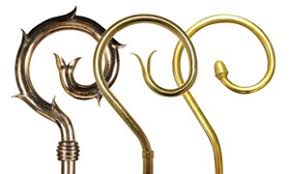
Sinterklaas always carries a golden crozier staff about his own height. It's not meant to be used as a weapon but symbolizes a shepherd's staff, as used by religious officials.
2. Zak (bag)
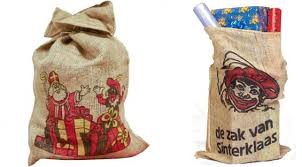
Much like Santa, he carries a jute bag filled with gifts for children who behaved well. Piet also scatters “strooigoed” from it — pepernoten, letter cookies, and other sweets.
Fun fact: It used to be said that naughty kids were put in the bag and taken to Spain — until Spain became a beloved holiday spot!
3. Het Grote Boek (large book)
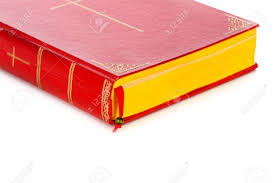
A red velvet-covered book that records children's behavior throughout the year. Sinterklaas uses it to praise or reprimand them. It often resembles an old telephone directory in disguise!
4. Schimmel (literally: mold)
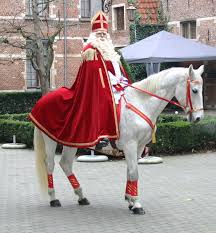
Santa is known for his reindeer and sleigh but Sinterklaas has a lipizzaner horse which is mostly white with tiny grey markings, resembling a "salt & pepper" shade. This shade is called "Schimmel" in Dutch which refers to the moldy shaded appearance.
The horse is known as Amerigo to the Dutch people but to the Belgians he is known as "Slecht weer vandaag" (bad weather today), also making reference to the shades of white and grey of his coat.
Amerigo is Sinterklaas his means of transport after disembarking his steamship and carries him from rooftop to, rooftop to deliver gifts. Yes, the horse can walk on rooftops, just like a reindeer can fly in December ;)
5. Mijter (mitre)
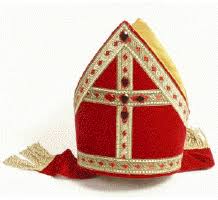
Sinterklass wears a Bishops hat which is known as a Mijter. It is usually a red hat, adorned with a golden cross on the front and golden trimmings.
Sinterklaas only removes the hat when he has to pass through a doorway, or enter a room, where the hat may collide with the door frame or ceiling. Since Dutch men are among the taller ones in the world, this tends to happen more often than you might think ;)
6. Fopcadeau (fake or joke gift)
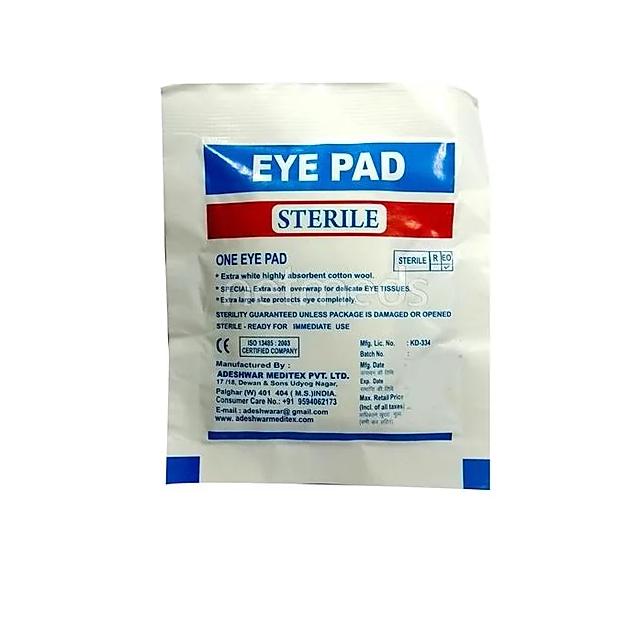
One of Sinterklaas many helpers, all named Piet, is known as "laughing" Piet and likes to pull pranks on unsuspecting recipients. He will occasionally wrap an empty gift or wrap a funny note and leave it for children to find. I suspect Santa Claus may have taken some advice from him when he decides to gift kids with socks, sweaters or underwear.
7. Fopspeen (Dutch) / Tutje (Flemish)
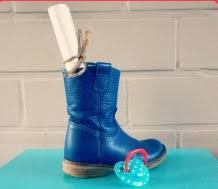
A public service that Sinterklaas offers, is to collect "dummies" (pacifiers) once small children have moved on from using them. They can leave the pacifier in the shoe for Sinterklaas to exchange for a present. Many Dutch parents make use of this service.
Would you like to learn more about the Dutch or Belgian traditions and learn Dutch at the same time. Subscribe to our Beginners course now! After a free introduction session you will learn in a fun and affordable way with your personal trainer.

